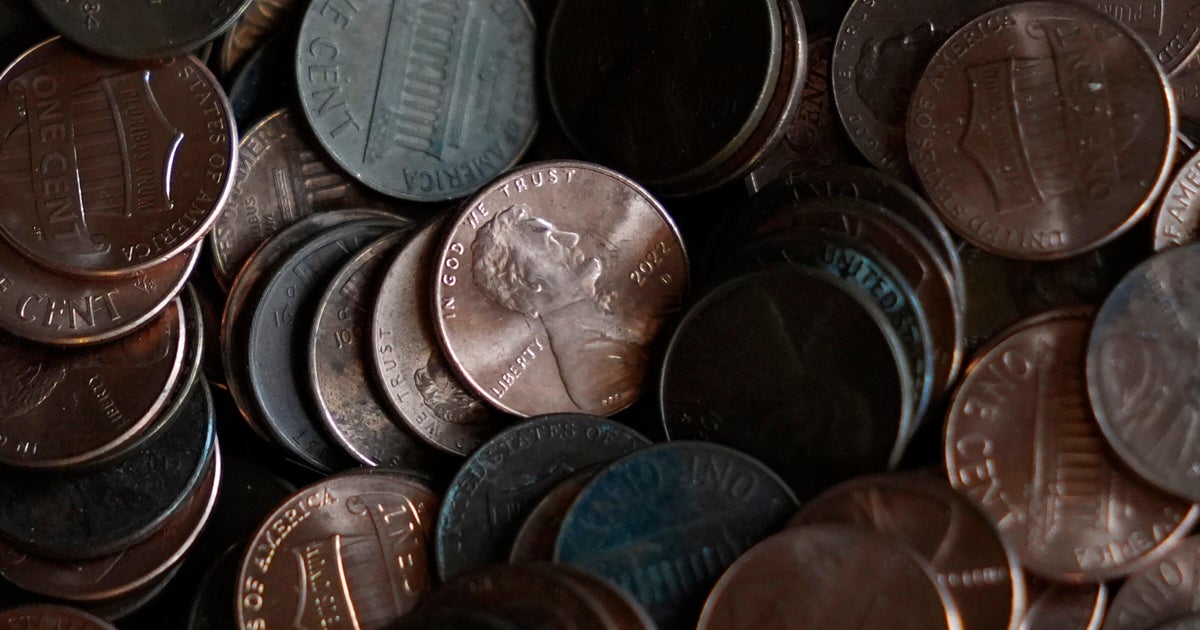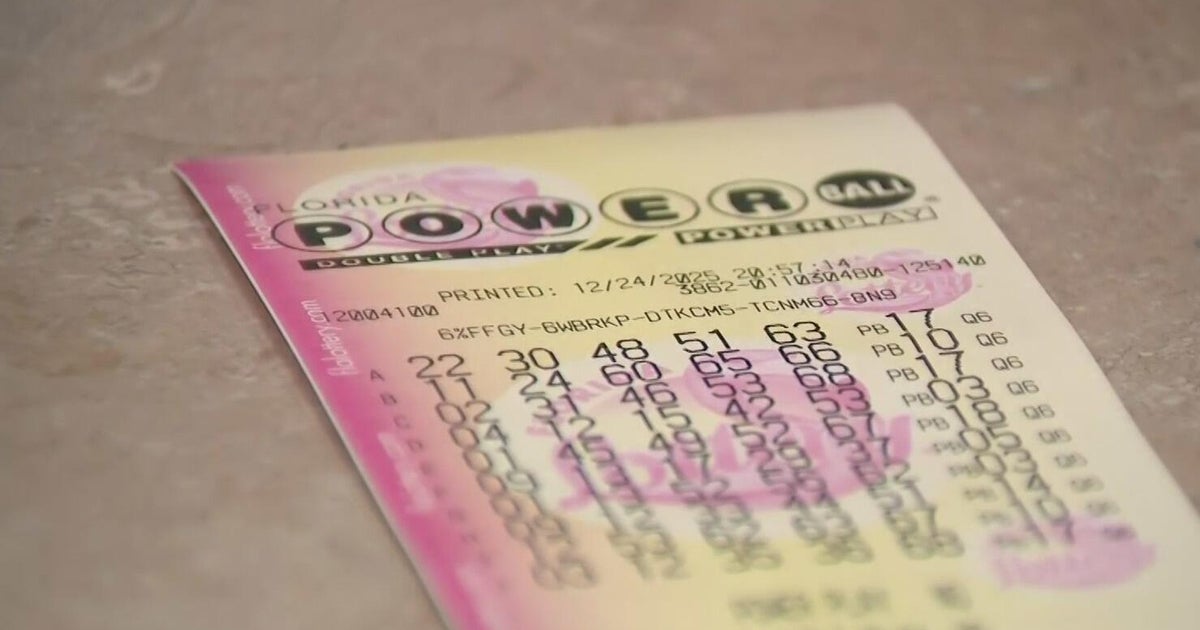More than 200 years ago, the penny could buy you a candle, some candy, or even a biscuit. Today, the humble one-cent coin has mostly been relegated to the bottoms of drawers and handbags. Maybe you’re holding onto a penny as a lucky token.
But their luck is about to run out.
The U.S. Mint in Philadelphia struck its last circulating penny on Wednesday after President Trump canceled the 1-cent coin as the cost of making them became more than their value.
“It’s a sad day because pennies are my favorite coin,” Philadelphia student Nathan Maliakel said, adding he likes them because “they’re small but significant.”
Mr. Trump has ordered its demise as costs climb to nearly 4 cents per penny and the 1-cent valuation becomes somewhat obsolete.
“God bless America, and we’re going to save the taxpayers $56 million,” U.S. Treasurer Brandon Beach said just before hitting a button to strike the final penny.
The U.S. Mint has been making pennies in Philadelphia, the nation’s birthplace, since 1793, a year after Congress passed the Coinage Act. Today, there are billions of them in circulation, but they are rarely essential for financial transactions in the modern economy or the digital age.
“For far too long the United States has minted pennies which literally cost us more than 2 cents,” Mr. Trump wrote in an online post in February, as costs continued to climb. “This is so wasteful!”
Pennies remain legal tender, but new ones will no longer be made. The last coin to be discontinued was the half-cent in 1857, Beach said.
Still, many people have a nostalgia for them, seeing them as lucky or fun to collect. Some retailers have voiced concerns in recent weeks as supplies ran low and the last production neared. They said the phase-out was abrupt and came with no guidance from the federal government on how to handle customer transactions.
Some rounded prices down to avoid shortchanging people, others pleaded with customers to bring exact change, and the more creative among them gave out prizes, such as a free drink, in exchange for a pile of pennies.
“We have been advocating abolition of the penny for 30 years. But this is not the way we wanted it to go,” Jeff Lenard of the National Association of Convenience Stores said last month.
Some banks, meanwhile, began rationing supplies, a somewhat paradoxical result of the effort to address what many see as a glut of the coins. Over the last century, about half of the coins made at U.S. Mints in Philadelphia and Denver have been pennies.
The Treasury Department expects to save $56 million per year on materials by ceasing to make pennies.
But they still have a better production-cost-to-value ratio than the nickel, which costs nearly 14 cents to make. The diminutive dime, by comparison, costs less than 6 cents to produce and the quarter nearly 15 cents.
For moms like Maddie Cowie, the change brings mixed emotions. She said the death of the penny is the “end of an era.”
“Kids won’t know what pennies are anymore,” Cowie said, “and nobody carries cash.”
Businesses are feeling the impact, too, with the penny production coming to a halt.
At a supermarket in South Philadelphia, a sign at the register reads: “Due to the nationwide penny shortage, we kindly ask you to pay with exact change.”
“I’d be curious if that means all the prices will be rounded up,” Natalie Hope McDonald said. “Will it be rounded? How are they going to handle prices? That will be an interesting discussion.”
No matter their face value, collectors and historians consider pennies an important historical record that can be traced back for more than 200 years. Frank Holt, an emeritus professor at the University of Houston who has studied the history of coins, laments the loss.
“We put mottos on them and self-identifiers, and we decide — in the case of the United States — which dead persons are most important to us and should be commemorated,” he said. “They reflect our politics, our religion, our art, our sense of ourselves, our ideals, our aspirations.”


